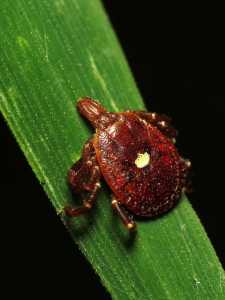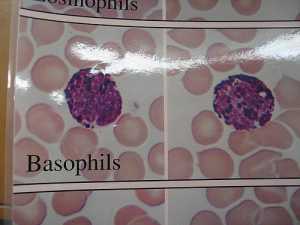Allergy drops, not to be confused with allergy eye drops, have been gaining popularity for their convenient and effective approach to tackling pesky allergies. But are allergy drops the same as allergy immunotherapy? This option falls under the umbrella of allergy immunotherapy, and while allergy drops are allergy immunotherapy, not all allergy immunotherapy are allergy drops.
In this blog, we’ll explore allergy immunotherapy and allergy drops to help you better understand the best course of action for combatting your pesky allergies.
 The reaction triggers the symptoms you recognize as your allergy, such as a runny nose and itchy eyes.
To desensitize your body to the allergen and help your body become less reactive, allergy immunotherapy delivers a small dose of the allergen under your skin or tongue. This small, incrementally increasing dose helps your body adjust, “training” it to become less sensitive.
It achieves this result by minimizing the production of “blocking” antibodies responsible for the reaction. Over time and with consistent doses, you may find that you can be exposed to the allergen with little to no reaction.
However, it’s important to note that everybody is different. Most people notice some results within the first year, but the most noticeable results usually take two to three years after beginning treatment.
(more…)
The reaction triggers the symptoms you recognize as your allergy, such as a runny nose and itchy eyes.
To desensitize your body to the allergen and help your body become less reactive, allergy immunotherapy delivers a small dose of the allergen under your skin or tongue. This small, incrementally increasing dose helps your body adjust, “training” it to become less sensitive.
It achieves this result by minimizing the production of “blocking” antibodies responsible for the reaction. Over time and with consistent doses, you may find that you can be exposed to the allergen with little to no reaction.
However, it’s important to note that everybody is different. Most people notice some results within the first year, but the most noticeable results usually take two to three years after beginning treatment.
(more…)
Understanding Allergy Immunotherapy
Allergy immunotherapy (AIT) is a treatment that desensitizes the body to an allergen. It’s much unlike traditional allergy treatments, such as corticosteroids, decongestants, and antihistamines, because it focuses on the allergy, not the symptoms. To understand how it works, we need to understand what an allergy is. Simply put, an allergy is a reaction in the body to a foreign substance called an allergen, such as bee venom or pet dander. When your body comes into contact with the allergen, your antibodies send a signal to specific cells that release chemicals, resulting in an allergic reaction. The reaction triggers the symptoms you recognize as your allergy, such as a runny nose and itchy eyes.
To desensitize your body to the allergen and help your body become less reactive, allergy immunotherapy delivers a small dose of the allergen under your skin or tongue. This small, incrementally increasing dose helps your body adjust, “training” it to become less sensitive.
It achieves this result by minimizing the production of “blocking” antibodies responsible for the reaction. Over time and with consistent doses, you may find that you can be exposed to the allergen with little to no reaction.
However, it’s important to note that everybody is different. Most people notice some results within the first year, but the most noticeable results usually take two to three years after beginning treatment.
(more…)
The reaction triggers the symptoms you recognize as your allergy, such as a runny nose and itchy eyes.
To desensitize your body to the allergen and help your body become less reactive, allergy immunotherapy delivers a small dose of the allergen under your skin or tongue. This small, incrementally increasing dose helps your body adjust, “training” it to become less sensitive.
It achieves this result by minimizing the production of “blocking” antibodies responsible for the reaction. Over time and with consistent doses, you may find that you can be exposed to the allergen with little to no reaction.
However, it’s important to note that everybody is different. Most people notice some results within the first year, but the most noticeable results usually take two to three years after beginning treatment.
(more…)





